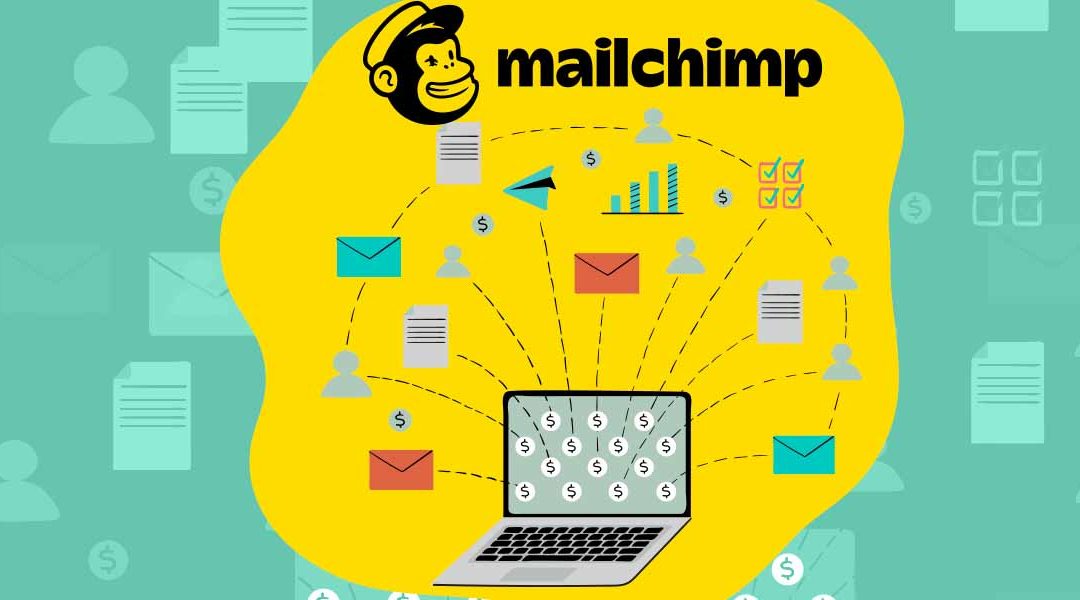Data Entry Automation Explained: Leveraging RPA and AI
Table of Content
Data entry automation is transforming how businesses manage data by drastically lowering the time and effort necessary for human entry operations. Companies can automate manual entry operations using modern technologies such as AI and RPA (Robotic Process Automation), resulting in better accuracy and efficiency.
Automating manual entry not only reduces human error, but it also frees up valuable employee time, allowing them to concentrate on more strategic tasks. RPA in data entry uses software bots to execute repetitive activities, but AI in data entry can intelligently understand and handle large data sets.
In this blog, we’ll look at what data input automation comprises, including its definition and major components. We’ll look at the benefits of automating manual entry, namely how it improves accuracy, efficiency, and cost-effectiveness.
What is Data Entry Automation?
Data entry automation involves using technology to automate manual entry activities, which eliminates the need for human interaction in repetitive data processing. RPA in data entry allows automated programs to handle structured jobs, whereas AI in data entry can analyze and process unstructured data. This combination improves data management’s accuracy, efficiency, and overall productivity.
Benefits of Automation in Data Entry
1. Enhanced Accuracy
Data entry automation minimizes human error by using advanced technologies like RPA in data entry, ensuring that data is entered correctly and consistently. This leads to higher data quality and fewer inaccuracies, which is crucial for making informed business decisions.
2. Increased Efficiency
Automating manual entry tasks significantly accelerates data processing. With RPA in data entry, repetitive tasks that would take hours for humans to complete can be done in minutes, improving overall operational efficiency and allowing for faster data turnaround times.

3. Cost Savings
By automating manual entry, businesses can reduce the need for extensive human labor, leading to substantial cost savings. AI in data entry can handle complex data processing at a fraction of the cost of manual labor, allowing companies to allocate their budget more effectively.
4. Improved Productivity
Automation tools free up employees from repetitive data entry tasks, enabling them to focus on higher-value activities that require human insight and creativity. This shift not only boosts employee morale but also enhances overall organizational productivity.
5. Scalability
Implementing RPA and AI in data entry allows businesses to scale their operations effortlessly. Whether it’s handling an increase in data volume or expanding into new markets, automated systems can easily adapt and manage the additional workload without compromising on speed or accuracy.
Technologies behind Data Entry Automation
1. Robotic Process Automation (RPA)
RPA in data entry uses software bots to handle repetitive, rule-based tasks such as data extraction and validation, significantly speeding up the process and reducing errors.
2. Artificial Intelligence (AI)
AI in data entry involves machine learning algorithms and natural language processing (NLP) to interpret and process unstructured data, enabling the automation of complex data entry tasks by recognizing patterns and extracting relevant information.

3. Optical Character Recognition (OCR)
OCR technology converts different types of documents, such as scanned paper documents, PDFs, or images, into editable and searchable data, which is crucial for automating the entry of handwritten or printed text into digital systems.
4. Intelligent Document Processing (IDP)
IDP combines AI, machine learning, and OCR to automatically process, classify, and extract information from various document formats, enhancing the accuracy and efficiency of data entry automation.
5. Application Programming Interfaces (APIs)
APIs enable the integration of RPA and AI tools with existing business systems, facilitating seamless communication and data sharing, which is essential for creating a cohesive and automated data entry workflow.
How to automate manual entry
1. Assess and Identify
Begin by assessing your current data entry processes to identify repetitive, time-consuming, and error-prone tasks. Determine which tasks can benefit most from AI in data entry.
2. Choose the Right Tools
Select the appropriate technologies for your needs. Utilize RPA in data entry for rule-based tasks and AI in data entry for processing unstructured data. Include tools like OCR for digitizing text and APIs for seamless system integration.

3. Design the Workflow
Map out the data entry workflow, detailing where and how each automation tool will be applied. Outline steps for data extraction, entry, validation, and storage to ensure the automated process mirrors the manual logic.
4. Implement RPA
Deploy RPA bots to automate manual entry tasks. Program these bots to perform specific actions, such as copying data from one source to another, conducting validation checks, and flagging inconsistencies.
5. Integrate AI Technologies
Incorporate AI in data entry to handle complex tasks. Use AI algorithms and natural language processing (NLP) to understand, classify, and extract data from unstructured sources like emails, PDFs, and scanned documents.
6. Test and Refine
Conduct thorough testing of the automated system with various data sets to identify issues and areas for improvement. Ensure the system performs accurately and efficiently across different scenarios.
7. Train Staff and Monitor Performance
Train staff on the new automated processes and tools. Regularly monitor the system’s performance to ensure it meets efficiency and accuracy standards. Gather user feedback to make necessary adjustments.
8. Scale and Optimize
Once the system is running smoothly, AI in data entry helps in scaling across other processes and departments. Continuously optimize the system by updating software, integrating new technologies, and refining workflows.
In summary, AI data entry represents a pivotal advancement in modern business operations, driven by technologies like RPA and AI. By improving accuracy, efficiency, and cost-effectiveness, automated solutions enable organizations to streamline workflows and allocate resources more strategically.
Robylon AI enables users to create personalized workflows across multiple software platforms, allowing them to streamline processes, enhance productivity, and ensure seamless integration between different tools and applications.
Want to know more? Schedule a demo with us.
FAQs
1. What is data entry automation?
Data entry automation is the use of technology to perform data entry tasks without human intervention, leveraging tools like RPA (Robotic Process Automation) and AI (Artificial Intelligence) to streamline and enhance the accuracy of data management.
2. How does RPA work in data entry automation?
RPA in data entry automation uses software bots to perform repetitive, rule-based tasks such as copying and pasting data, filling forms, and conducting data validation checks, significantly speeding up the process and reducing errors.
3. What types of businesses can benefit from data entry automation?
Virtually any business that deals with large volumes of data can benefit from data entry automation, including finance, healthcare, retail, manufacturing, and logistics.
4. Is AI in data entry expensive to implement?
While there can be initial costs associated with implementing data entry automation, the long-term savings from increased efficiency, reduced errors, and lower labor costs often outweigh the initial investment.
5. Can AI in data entry handle all types of data?
Data entry automation can handle a wide range of data types, especially when combining RPA for structured data and AI for unstructured data. However, extremely complex or nuanced data might still require human oversight.
6. What should we consider when choosing data entry automation tools?
When choosing automation tools, consider factors such as the complexity of your data entry tasks, the volume of data, integration capabilities with existing systems, ease of use, scalability, and the level of support and training provided by the vendor.







